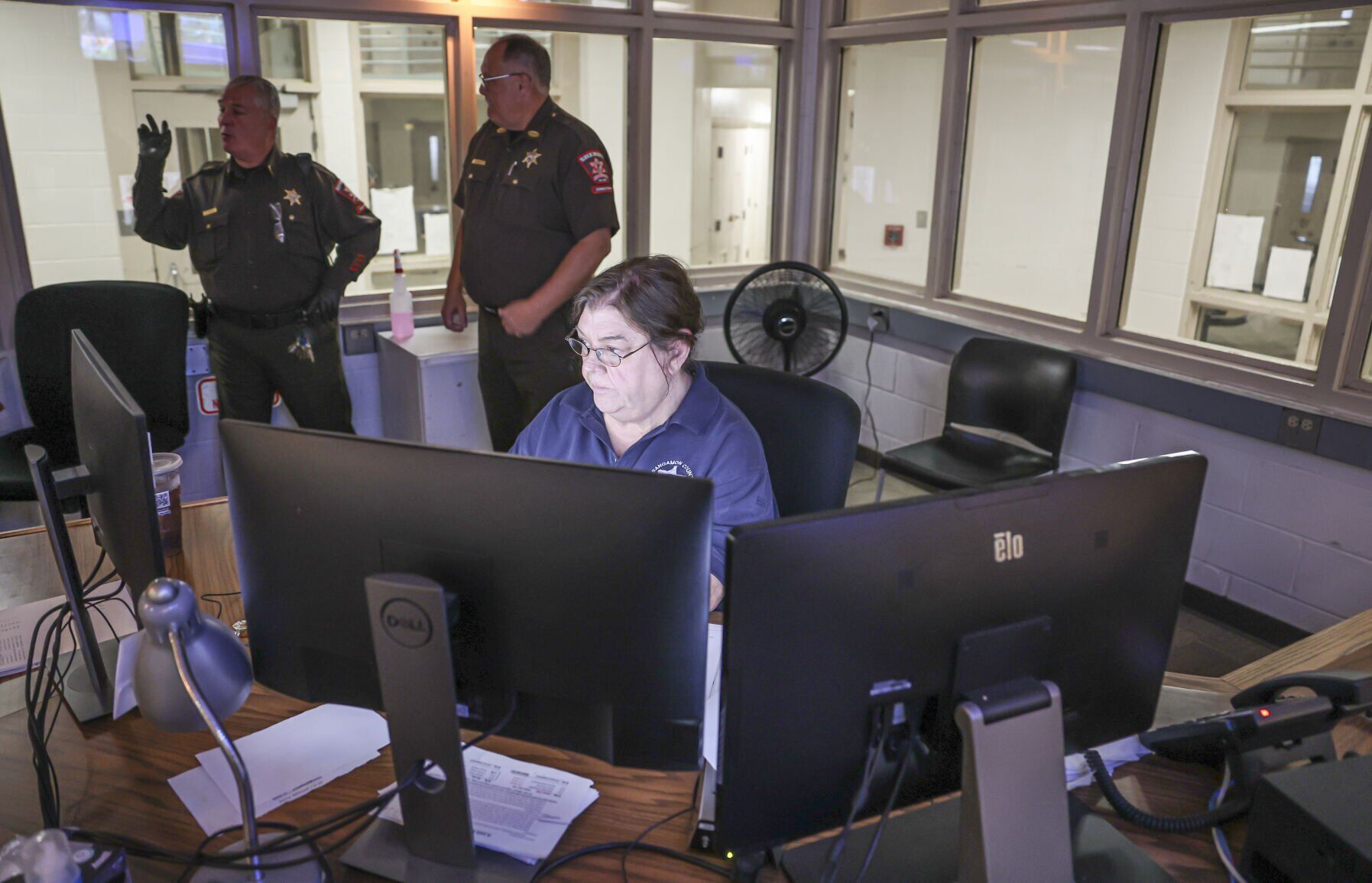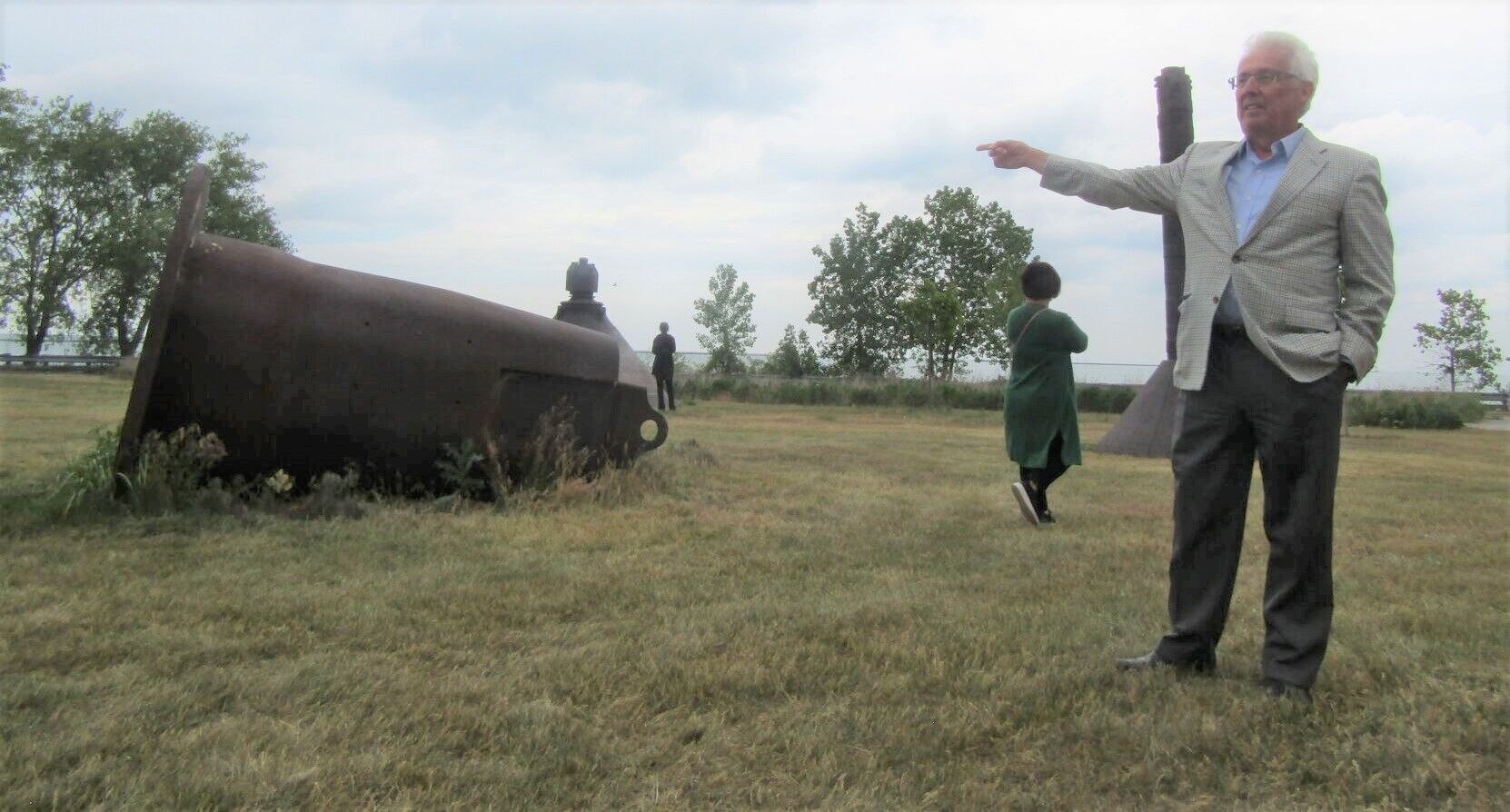Dr. Alan Levinovitz, a Professor at James Madison University, teams up with psychiatrist Dr. Awais Aftab to introduce the “Rumpelstiltskin Effect.” Together, they reveal how naming an illness or concern can help bring relief and inspire hope. Their collaboration underscores the power of both words and diagnosis to ease emotional burdens.
Curious by Nature | Dr. Alan Levinovitz – Healing with Words like Rumpelstiltskin
Key Takeaways:
- Dr. Alan Levinovitz teaches Religion and Philosophy at James Madison University.
- He and Dr. Awais Aftab call their concept the “Rumpelstiltskin Effect.”
- Naming an ailment or worry can provide relief and clarity.
- Storytelling and diagnosis intersect to offer a deeper understanding of healing.
- This notion highlights the powerful relationship between language and well-being.
Introducing the Rumpelstiltskin Effect
In a discussion sparked by the work of Dr. Alan Levinovitz, a Professor of Religion and Philosophy at James Madison University, and psychiatrist Dr. Awais Aftab, the concept known as the “Rumpelstiltskin Effect” has come to the fore. Drawing its name from the classic fairy tale, this effect centers on the idea that naming a problem can offer significant relief or resolution.
The Collaborators
Dr. Levinovitz brings an academic perspective rooted in religion and philosophy, while Dr. Aftab provides clinical experience from the field of psychiatry. Their shared interest in exploring how language can shape human experience lies at the heart of this collaboration. Together, they propose that the act of identifying an illness or concern is in itself a powerful step toward healing.
Why Naming Matters
The “Rumpelstiltskin Effect” suggests that putting a label on something—be it a mental health condition or a persistent worry—can create a sense of control and relief. Much like how the fairy-tale character vanishes once his name is spoken, some emotional weight may be lifted the moment a concern is accurately identified.
Storytelling as a Tool for Healing
Storytelling and diagnosis merge in intriguing ways through this concept. By giving a name to an illness or problem, patients and caregivers can build narratives that foster understanding. This approach underscores how stories are not just for entertainment; they can be crucial in guiding people from confusion toward clarity.
Looking Ahead
Although detailed findings and practical applications of the “Rumpelstiltskin Effect” may require further exploration, this collaboration highlights the intrinsic power of words in the healing process. Naming an affliction, telling its story, and acknowledging its weight can be one of the most potent first steps in finding relief and ultimately improving human well-being.











